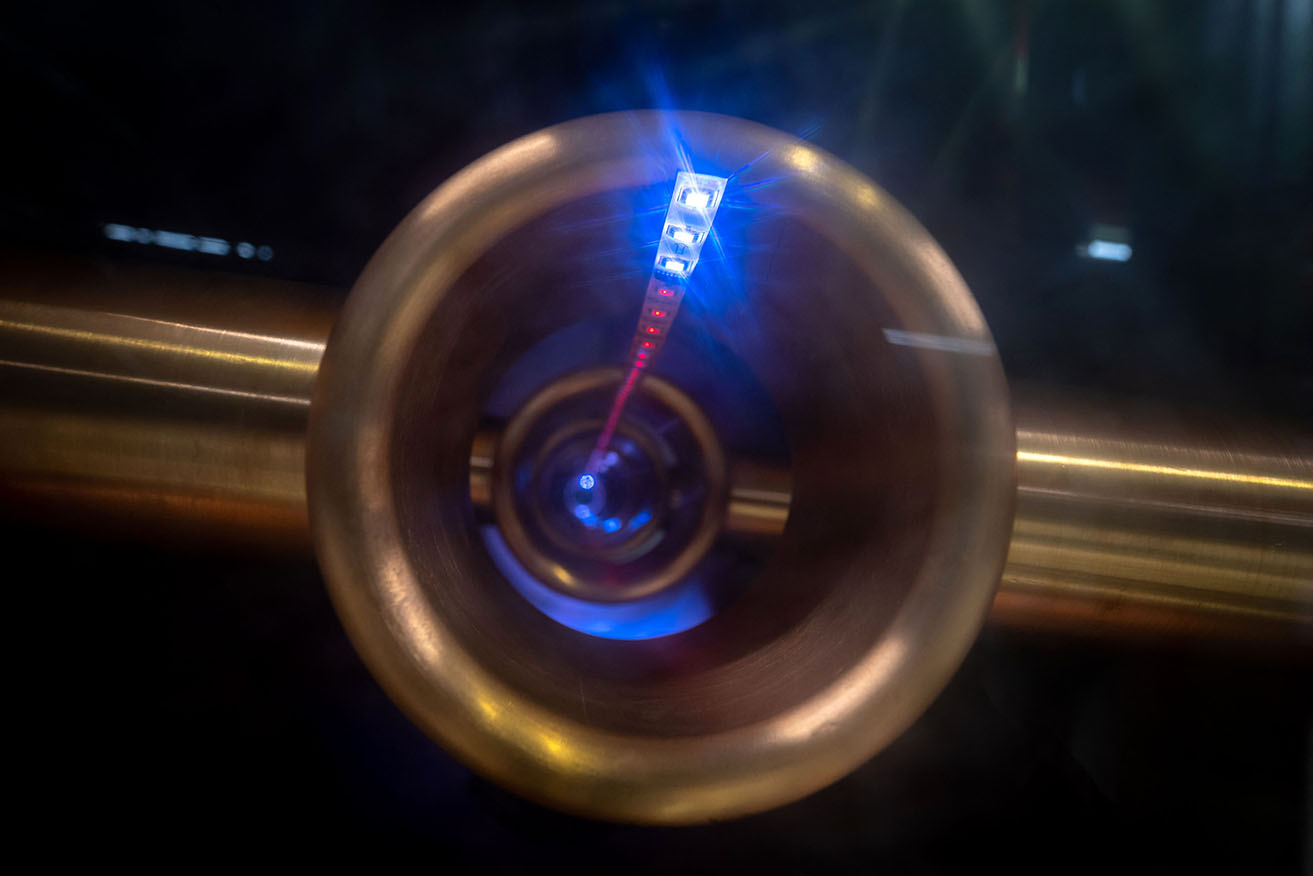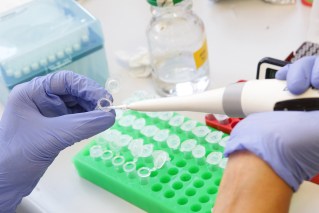New Cern collider may further unlock the mysteries of the universe

The Large Hadron Collider is due to end its work in 2040 with plans in place for a bigger facility. Photo: Getty
Researchers are developing plans for a new collider that could smash particles together at a greater force than currently possible in a bid to shed light on some of the universe’s biggest mysteries.
The European Organisation for Nuclear Research’s (Cern) Large Hadron Collider will complete its mission about 2040, and experts are looking at what could replace it.
Early estimates suggest the new machine, called the Future Circular Collider, would cost about 15 billion Swiss Francs or about $26 billion.
It is expected to be installed in a tunnel measuring 91 kilometres in circumference at a depth of between 100 and 400 metres on French and Swiss territory.
Using the highest energies, it will smash particles together in the hope that new findings will change the world of physics, and the understanding of how the universe works.
Tweet from @CERN
On Monday, Cern announced that a mid-term feasibility study did not find a “technical showstopper”.
Among other things, the review was also able to identify the ideal location for the infrastructure of the project, and the size of the proposed tunnel.
In 2012, the Large Hadron Collider detected a new particle called the Higgs Boson, which provides a new way to look at the universe.
However, dark matter and dark energy have remained elusive, and researchers hope the new collider will be able to answer some of science’s greatest unanswered questions.
Cern’s director general, Professor Fabiola Gianotti, said the new collider would be an unprecedented instrument to explore the law of physics and of nature, at the smallest scales and at the highest energies.
“It will allow us to address some of the outstanding questions in fundamental physics today in our knowledge of the fundamental constituents of matter and the structure and evolution of the universe.
“Our goal is to address open questions, then of course, theories develop, and ideas on how to answer those questions.
“But nature may have chosen a completely different path. So our goal is to look at the open question and try to find an answer, whichever answer, nature has decided out there.”
If approved, the new facility could be running by the early to mid 2040s.
Professor Tim Gershon, from the University of Warwick’s particle physics group, said the new collider would provide the ability to measure the properties of the Higgs Boson in unprecedented precision, and in so doing to look at the universe in new ways.
“It is hoped that this will provide answers to some of the most important fundamental questions about the universe, such as what happened in its earliest moments,” he said.
“The latest report on the ongoing feasibility studies is encouraging. In the most optimistic scenario the new collider could start to produce data in just over two decades from now.
“But there is still a very long way to go.”
-PA








